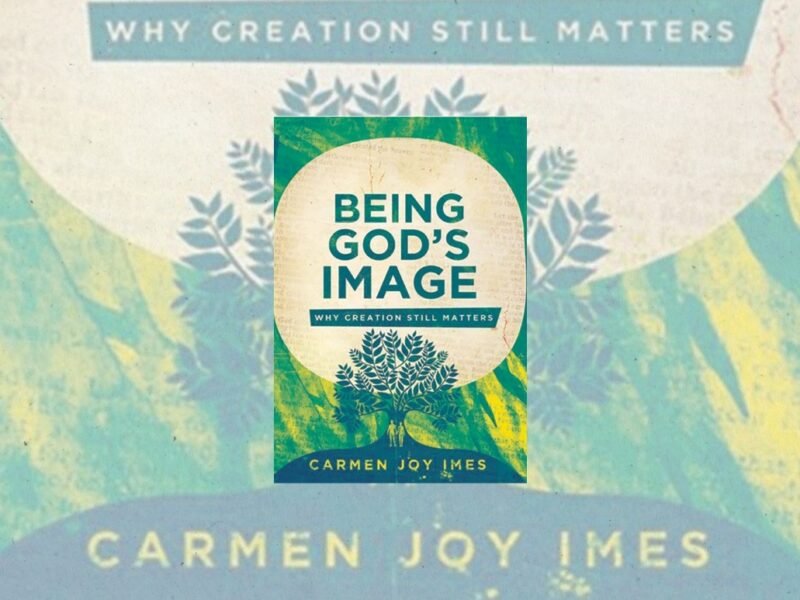Christians love text. Inheriting the enthusiasm of their Jewish forebears for the written word, Christians have left a blazing trail of text in their wake at every turn: sermons, commentaries, philosophical treatises, and liturgical documentation all have their part in the library.
Text is powerful because it comes with triple strengths. Text endures; writing our practices down ensures their conservation for future generations, facilitating new scholarship and making long-term connections across history possible. Text opens, as it can speak to any literate individual; it communicates ideas personally to the reader and confers responsibility to evaluate and execute them. In so doing, text also unites, as the democratization of understanding urges bonding between those who have read and understood: people held together by text have a clear and common reference on which to build.
The 21st century has presented significant challenges to the whole Church, but it also provides unique opportunities via technology to reclaim Christian textual tradition and scholarship, to open its ideas up to newcomers, and to snatch unexpected scriptural unity from the jaws of division. The good news is that the Anglican branch of Christ’s Church, despite internal discord, is well-positioned to be used by God in this way, being custodian of a textual tradition extremely amenable to modern technology: the Book of Common Prayer (BCP).
The Scriptural BCP
The BCP, Anglicanism’s chief contribution to the Christian textual tradition, exhibits the triple strengths outlined above. It has endured since its first 1549 publication, with the landmark 1662 edition still in use in the Church of England. A Reformational document, the BCP opens the liturgical practices of the Western Church to the laity by providing them in one book in a language “understanded by the people” (Article 24). And this opening unites BCP users, knowingly or unknowingly, as many of its formulations have spilled over into other Christian traditions and even into common English idioms.
Lest we boast, the long-term success of the BCP surely due to its humble saturation in and reverence for scripture. The Scriptural BCP is a resource that leverages modern technology to show just this: it visually catalogues each scriptural reference in the text of the 1662 BCP.
Its content comes from a little-known 1839 Church of England publication The Book of Common Prayer: With marginal references to texts in the Holy Scriptures — a magnificent but difficult-to-use resource. Marginal chapter-and-verse biblical citations accompany the BCP text, but the reader must look up each one to consider its relevance. Today, a better medium for this is available: the web. The user of the Scriptural BCP can click on the text and see a drop-down box containing all expanded related scriptural references, facilitating study and justifying the liturgy.
Modern technology alleviates difficulties for the editor as well as the reader. Only the citations were transcribed by hand. Citation expansion and web page creation pairing citations with BCP text was automatable by programming — meaning that the upkeep of this part of the Christian textual tradition has become easier, and therefore a greater imperative for the technically inclined.
The Scriptural BCP looks back in the maintenance of Anglican tradition, but forward in its application, as did the editors of the 1839 book. They noted direct scriptural quotations in the BCP text, but also indirect allusions. For example, the response “O Lord, make haste to help us” is connected verbatim to “O Lord, make haste to help me” (Ps. 40:13), but also, innovatively, to the disciples’ cry of “Lord, save us: we perish” before Jesus’ calming of the storm, inviting new reflection on this prayer (Matt. 8:25). Similarly, porting this text from a paper book to a technologically accessible format opens it up to new study by man or machine: advances in my field of deep learning, reliant on curated textual examples, may even be able to suggest new scriptural connections not considered before and aid study of the Bible.
But most importantly, the Scriptural BCP hopes to help all Anglicans learn about their textual liturgical tradition, enriching the seasoned and reassuring the new. It can bridge 21st-century divides by a 21st-century exposition of the common use of, and reverence for, scripture. God has used those who care deeply for the Bible throughout the BCP’s history, that its users might be brought closer into the life of the Church and have a useful resource on how to pray — that through it, scripture might endure, open, and unite. He also surely oversees the use of programming and web development just like He did the printing press and the quill and ink. Today’s Anglicans should be conscious of this heritage, and receptive to how Christ may call for it to be used in the healing and work of His whole Body.






'The Scriptural BCP: Reclaiming the textual tradition with technology' has no comments
Be the first to comment this post!